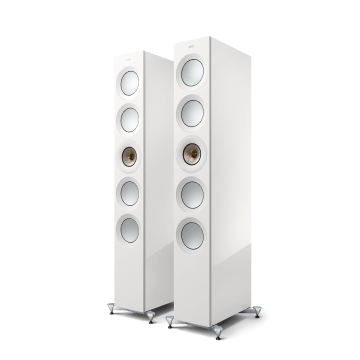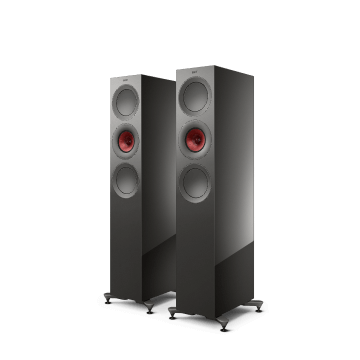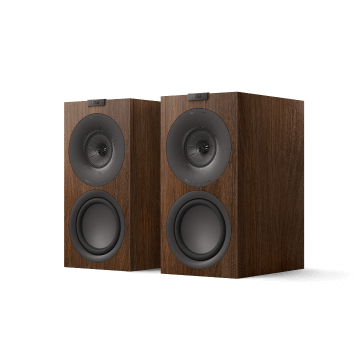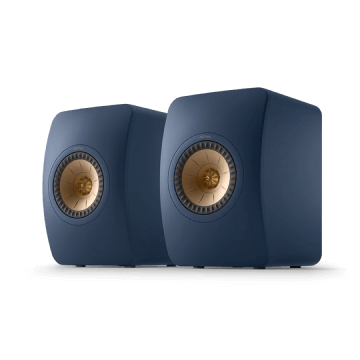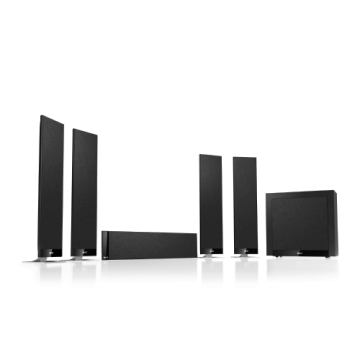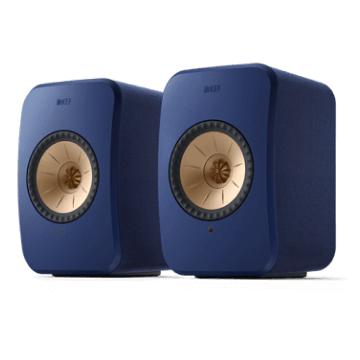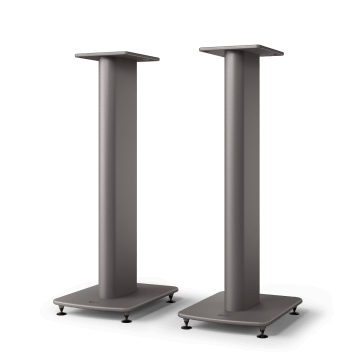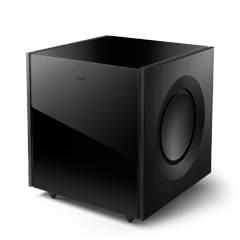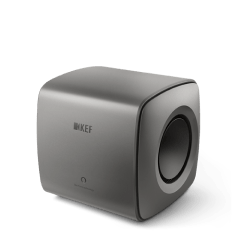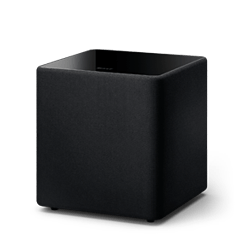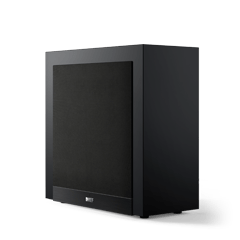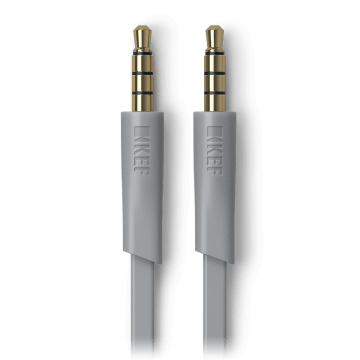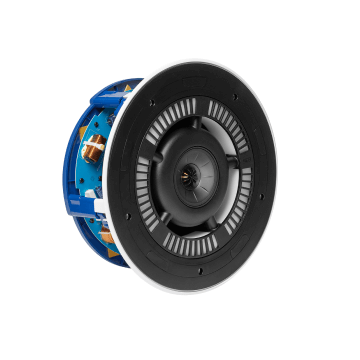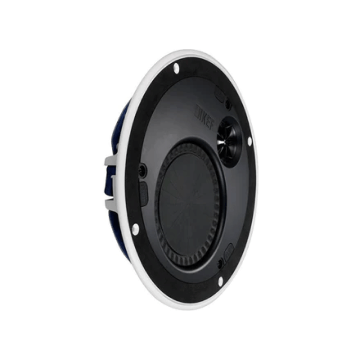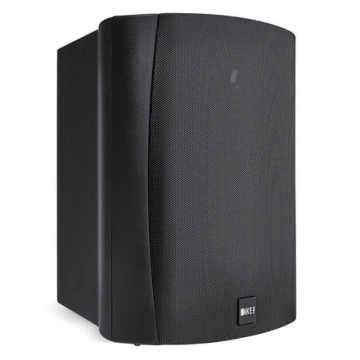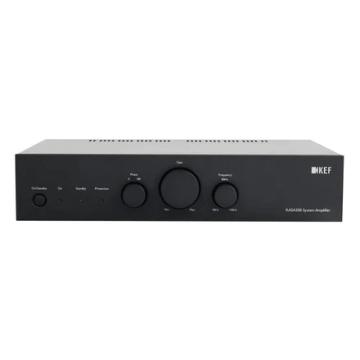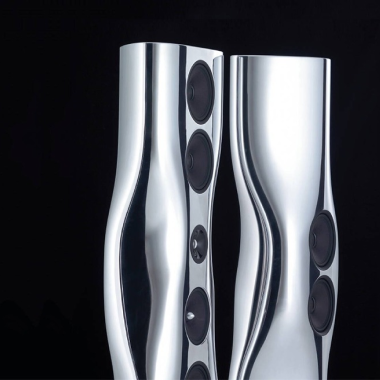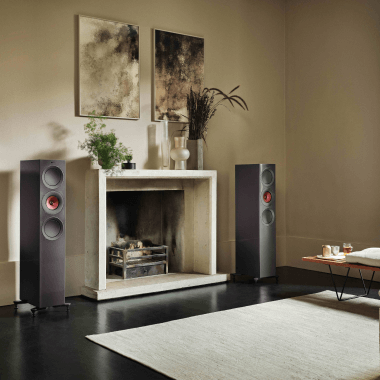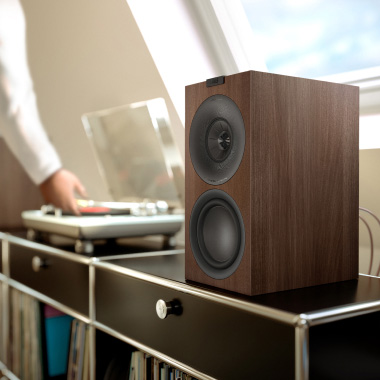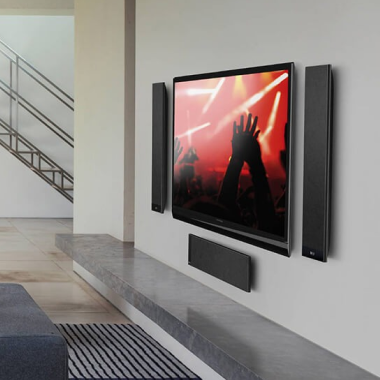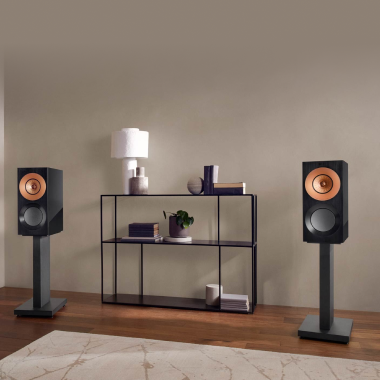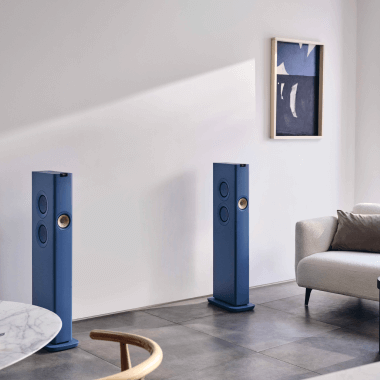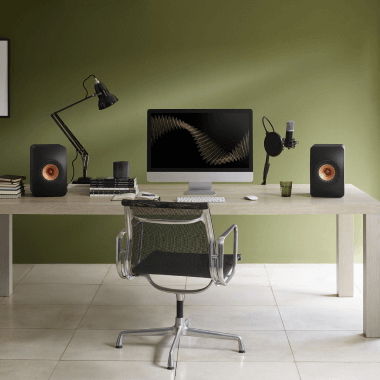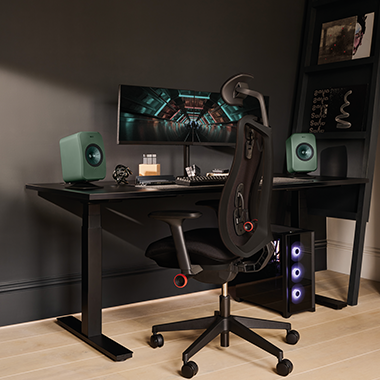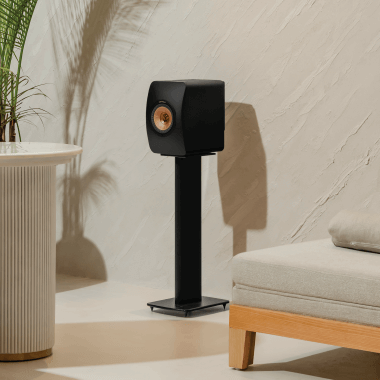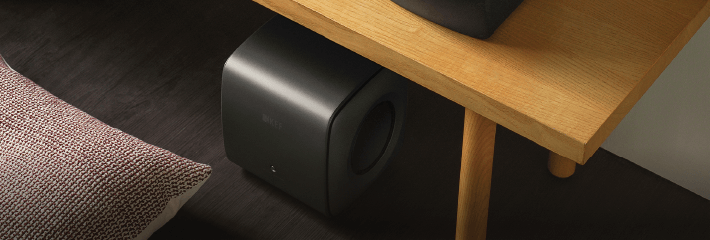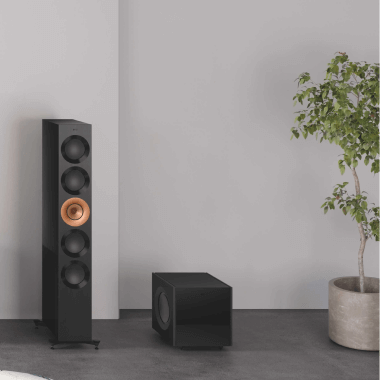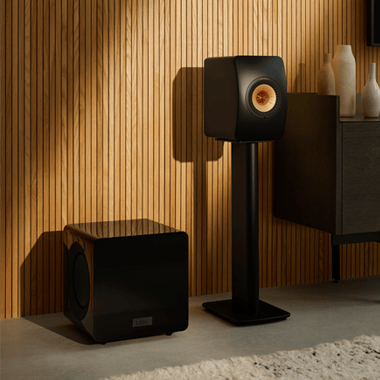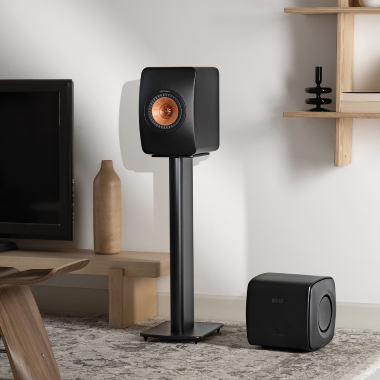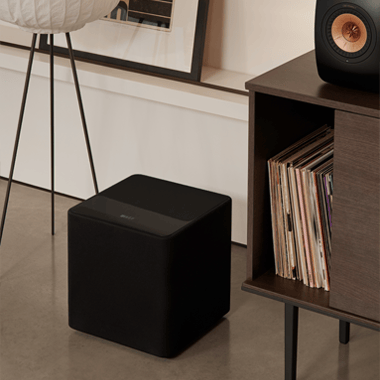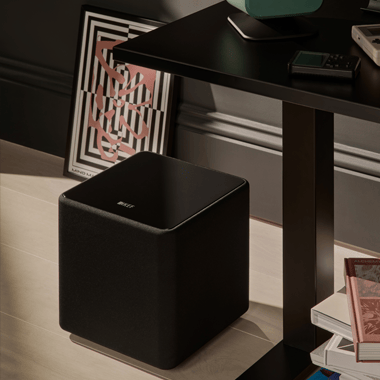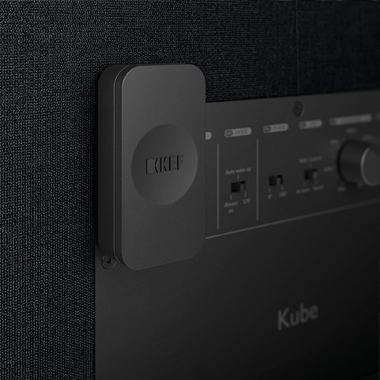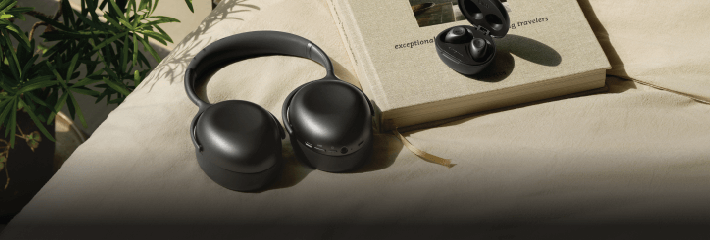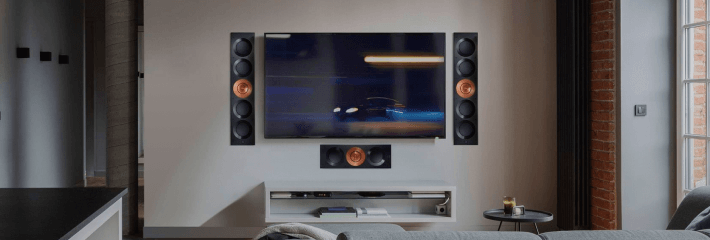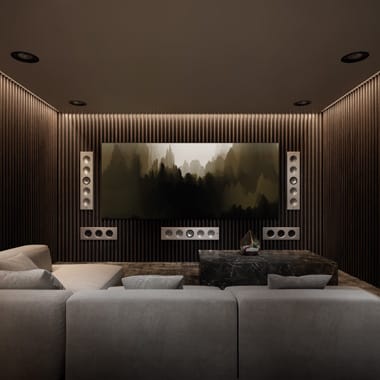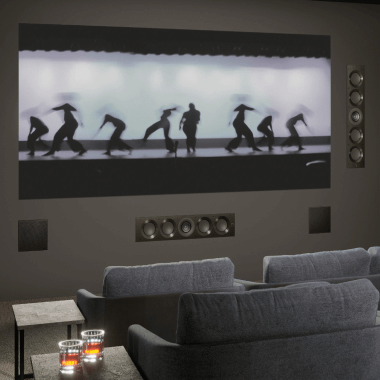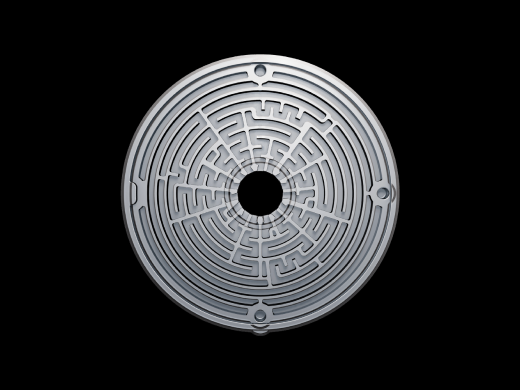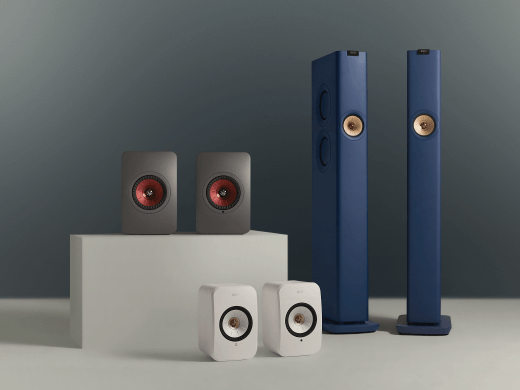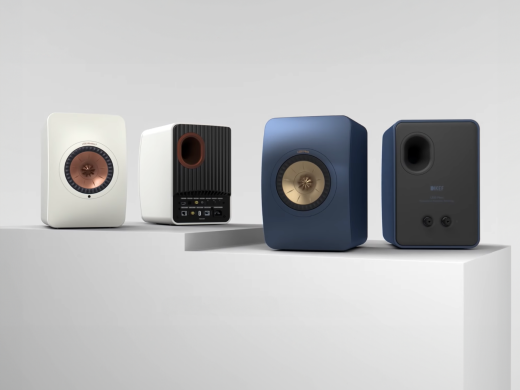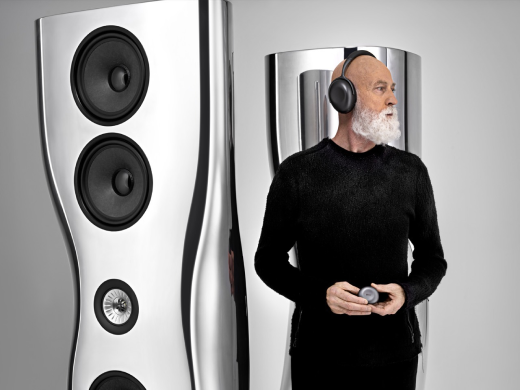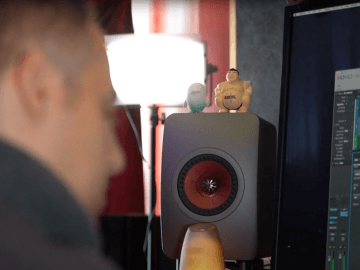Timber is what trees become when they are cut down, timbre is what they sound like when someone makes a piano or guitar from them.Timbre (TAM-bra) is one of those audio words that gets thrown a lot, but what eactly is timbre and why is it so important? Simply put, timbre is what makes something sound like what it is. Here's a quick tutorial on why it matters.
The Subjective Attributes of Sound
Pitch – Mostly dependent on frequency but also has some dependence on Sound Pressure Level (SPL) and envelope.
Intensity – the volume of a sound, with a lesser dependence duration.
Duration – how long a sound lasts.
Timbre – the combination of all three. Serves to distinguish sound sources from one another.
What It Is
Components of timbre: Dull to Bright, Cold to Warm, Pure to Rich, Dull to Sharp, Compact to Scattered, Full to Empty, Colorful to Colorless.
Unlike pitch, intensity and duration, it is not possible to develop a subjective scale for timbre. For over a century, experimental means of measuring pitch have been tried but there is no simple way to measure timbre. This is why a violin sounds distinctly different from a viola and a mandolin sounds completely different than a banjo.
As you can see from just these simple timbre components, there is nothing else in our senses that compares to the complexity of a sound. Color comes close.
When listening to music our brains contrast and compare these components while processing what we are listening to: pitch, volume and timbre.
Here's the Point
We hear a lot of noise about timbre matching when it comes to speakers, and the simple fact of the matter is, timbre matching is important.
As important as timbre is in distinguishing a violin playing an 'A' from a banjo playing the same 'A,' your speakers need to accurately and articulately make that same distinction when reproducing those sounds. Equally important: if your speakers are not timbre matched, the violin in say, your left channel, will sound markedly (and annoyingly) different from the same exact violin playing in your right channel to use a pretty unlikely eample!
Certainly, you want to timbre match your front three speakers (Left, Center, Right) as closely as you can, and if you listen to a lot of music mixed to 5.1 (or higher), timbre matching the surround speakers is equally important.
That Means
Your speakers should be the same brand and model speaker whenever possible. You will absolutely notice the difference when you timbre match every speaker in the system. This is where our engineering sets us apart from the rest of the field: From series to series, KEF speakers are timbre matched, ensuring amazing articulation from channel to channel. So, as you put together your dream home theater or music listening system, when deciding on your speakers, remember, timbre and accuracy are every bit as important as power handling and SPL, maybe even more so.


